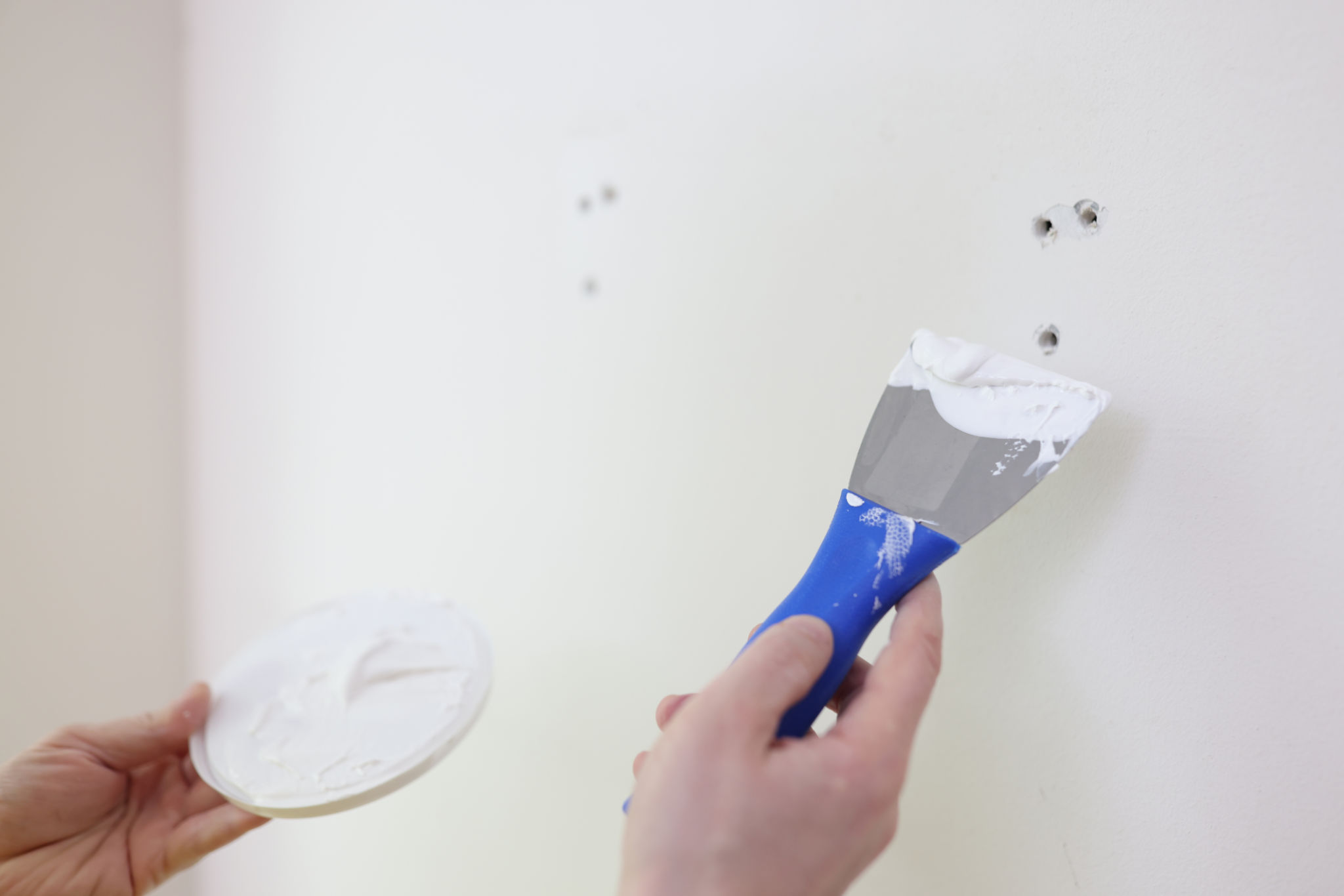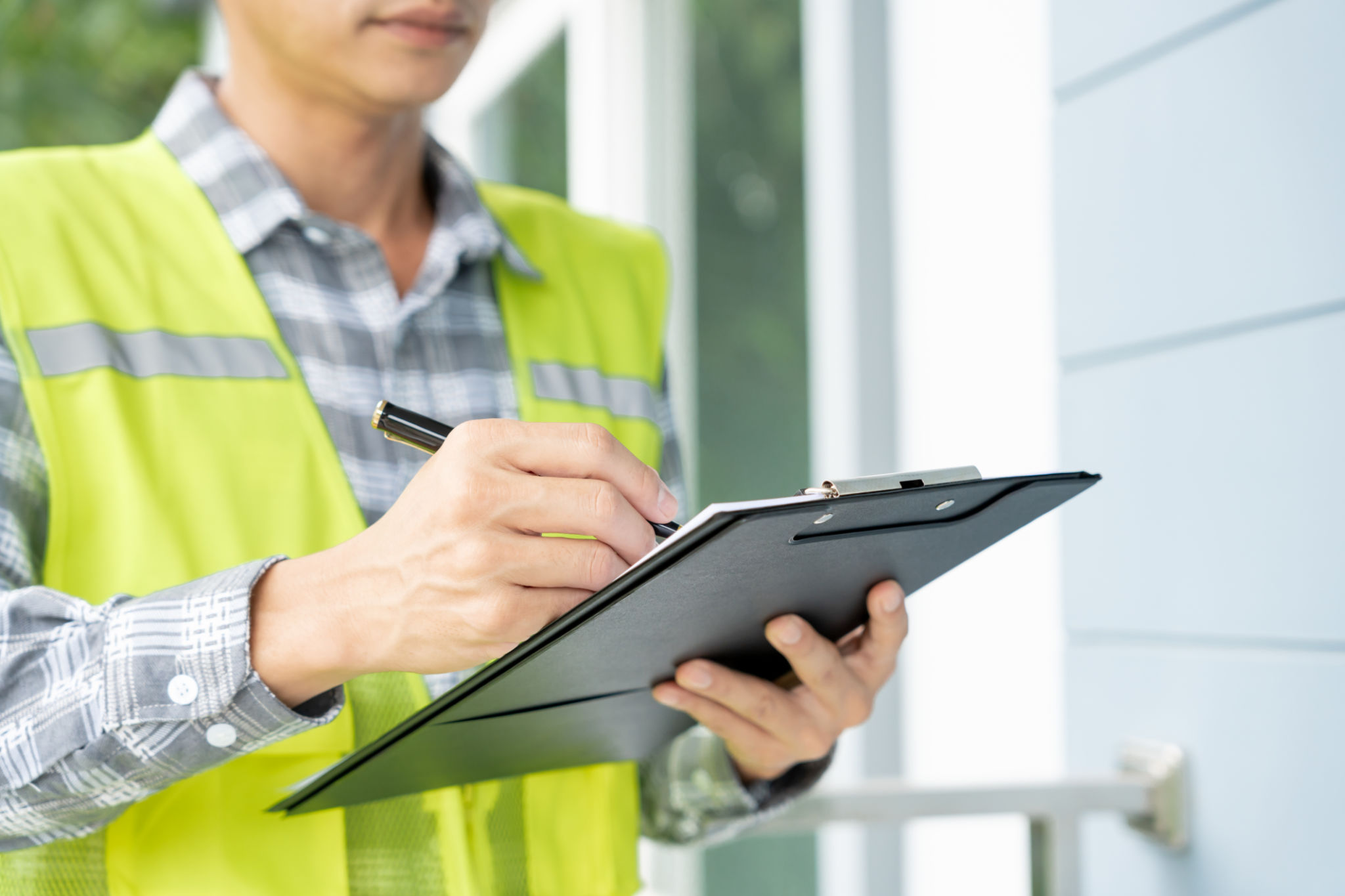5 Expert Tips for Maintaining Drywall in Phoenix's Climate
Understanding Phoenix's Climate and Its Impact on Drywall
Phoenix is known for its arid climate, characterized by high temperatures and low humidity. These conditions can pose unique challenges for maintaining drywall in both residential and commercial properties. Understanding how the climate affects drywall is the first step toward ensuring its longevity and appearance.
Drywall can expand and contract with temperature changes, which can lead to cracks and other damage. Additionally, the dry air can cause the material to become brittle over time. With these factors in mind, it's important to adopt specific maintenance practices to protect your drywall investment.

Tip 1: Control Indoor Humidity
While Phoenix's outdoor air is dry, controlling indoor humidity levels is crucial for drywall maintenance. Using a humidifier during especially dry months can help maintain a balanced moisture level indoors. This prevents the drywall from becoming too dry and helps avoid cracks and brittleness.
It's also beneficial to ensure proper ventilation in areas prone to moisture, such as bathrooms and kitchens. Installing exhaust fans and ensuring they are used regularly can prevent excess moisture accumulation that might lead to mold growth or warping of the drywall.
Tip 2: Regular Inspection for Cracks
Regularly inspecting your drywall for cracks or any signs of damage is essential. These inspections should be done at least twice a year, especially before and after the summer season, when temperature fluctuations are most pronounced.
If you notice any cracks, address them promptly. Small cracks can often be filled with a joint compound and sanded smooth once dry. Larger cracks may require professional assessment to ensure there are no underlying structural issues.

Tip 3: Paint Protection
Applying a fresh coat of paint not only enhances the aesthetic appeal of your walls but also acts as a protective barrier against environmental elements. Choosing high-quality paint that resists moisture and heat can add an extra layer of protection to your drywall.
Consider using semi-gloss or satin finishes in areas with higher humidity levels, as they tend to be more resistant to moisture and easier to clean. Regular repainting—every five to seven years—can help maintain the integrity of your drywall.
Tip 4: Addressing Water Damage Promptly
Water damage is a significant concern for drywall, even in a dry climate like Phoenix. Leaks from roofs or plumbing can quickly lead to serious issues if not addressed immediately. Signs of water damage include discoloration, bubbling, or soft spots on the walls.
At the first sign of water damage, locate and fix the source of the leak. This may involve repairing plumbing or roofing systems. Once the leak is fixed, replacing or repairing the affected drywall promptly will prevent further issues like mold growth.

Tip 5: Professional Maintenance Checks
While regular DIY maintenance is crucial, having a professional inspection annually can be highly beneficial. Professionals can identify potential problems that might not be visible to the untrained eye, ensuring that any issues are addressed before they escalate.
Professional maintenance checks may include assessing the structural integrity of the drywall, evaluating previous repair work, and providing suggestions for improvements. Investing in professional services can save money in the long run by preventing major repairs.
By following these expert tips tailored for Phoenix's unique climate, you can ensure that your drywall remains in excellent condition for years to come. Regular maintenance, combined with professional guidance, will protect your investment and keep your home or business looking its best.